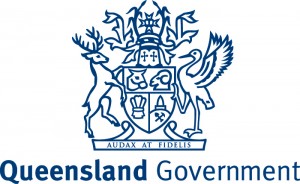Improving profitability and performance in the grazing industry
Saving Our Soils was a project partnership delivered by the Fitzroy Basin Association (FBA) and NQ Dry Tropics. The three-year project (2015-2018) was funded by the Australian Government’s Reef Trust in collaboration with the Queensland Government and Great Barrier Reef Marine Park Authority.
Working with graziers in the Fitzroy and Burdekin NRM regions, Saving Our Soils has fostered and supported improved grazing systems to increase productivity and profitability of enterprises whilst improving the quality of water discharged to the Great Barrier Reef Lagoon.
NQ Dry Tropics has worked with 10 graziers from the priority sub-catchments of the Bowen Broken Bogie and Upper Burdekin, to benchmark grazing businesses as they make decisions and undertake improved or innovative grazing practices. Grazing business action plans have underpinned investment strategies, group training has increased skills and knowledge of participants, industry mentorships has reinforced business change decisions and showcased events has fostered a widespread adoption of grazing practice change.
Across the three-year project, Saving Our Soils in the Burdekin has supported:
- 10 graziers, managing 175,000 ha of land, to undertake planning and implement production system changes that has improved their economic, social and environmental performance;
- the development of recognised pathways for grazing business improvement, that reduce sediment runoff and improve profitability and performance. Improved grazing practices has reduced sediment loss to the Great Barrier Reef Lagoon by an estimated 22,000 tonnes;
- an improvement in social indicators, measured through a social survey, that identifies participating graziers’ attitudes, resilience and change acceptance when adopting new business opportunities and grazing practices;
- through following the journey of the 10 properties, other Burdekin graziers are more aware of alternative grazing practices,
- improved management practices across an additional 300,000 hectares of grazing land, as a result of influence by 10 participating graziers; and
- four participating grazing businesses showcased their achievements at a total of four field days, attended by an estimated 250 Burdekin graziers.
Media Releases





